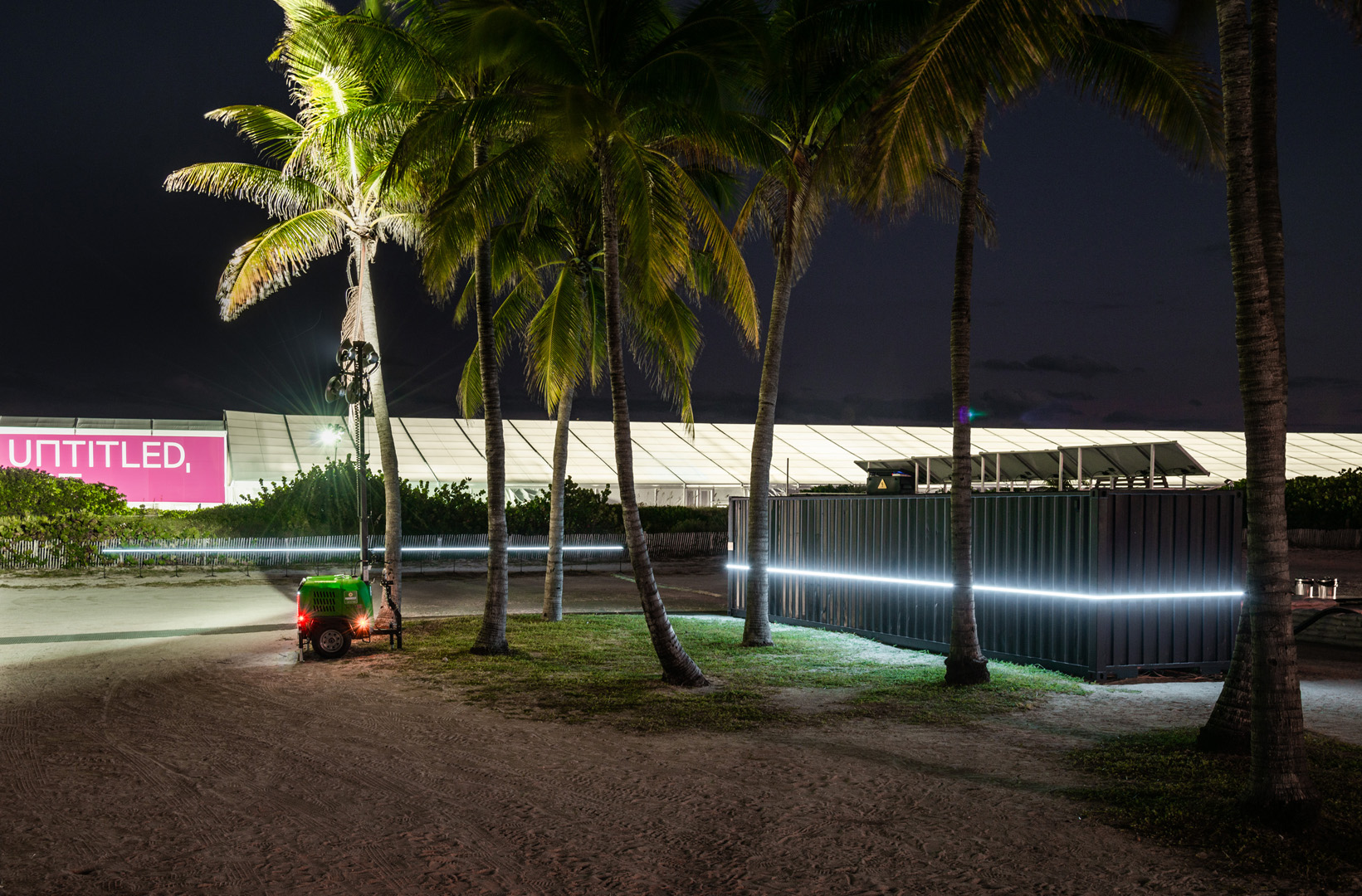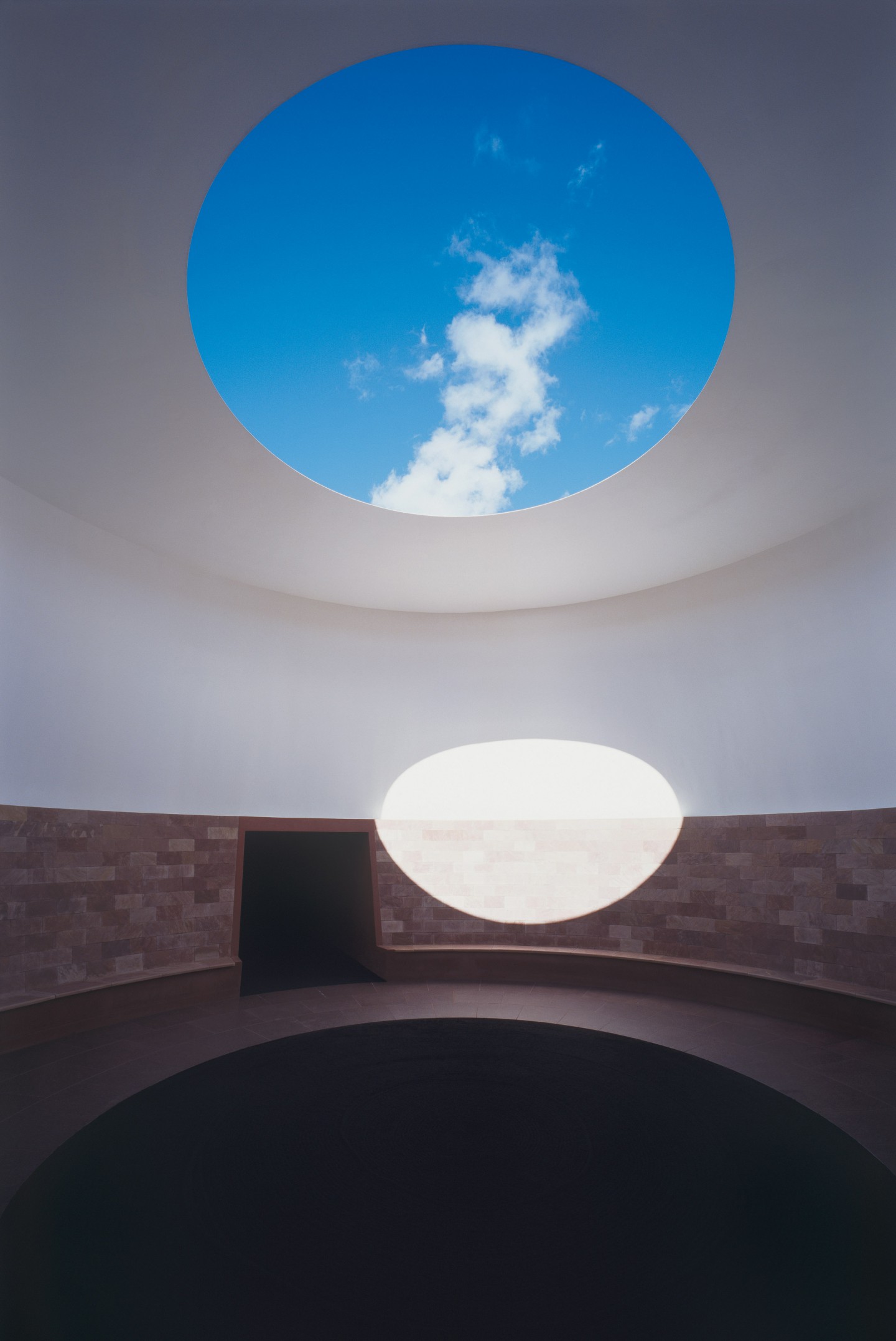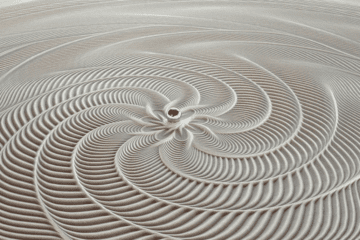Environmental art is art that addresses social and political issues relating to the natural and urban environment
TATE art term
Overview
Reading:
A Rough Guide to Environmental Art
John E. Thornes
Abstract:
To appreciate the beauty or the fragility of our environment and our cultural responses to it, we need to understand how artists have portrayed the environment in the past and how they are continuing to portray it in the present. Environmental art is presented in this paper as a new genre to describe works of art that are not only directly representational of the environment (e.g., Constable’s Cloud Series or Monet’s London Series) but also works of art that are clearly nonrepresentational and performative, such as Long’s A Line Made by Walking or Turrell’s Skyspaces. The need for an overarching new genre to describe nonrepresentational performative environmental art is more obvious because there has been a host of labels given to this type of art since the late 1960s, such as land art, earthworks, site-specific art, destination art, ecological art, eco-art, and environmental sculpture. The review is also concerned with the potential of environmental art for communicating climate change.
http://dx.doi.org/10.1146/annurev.energy.31.042605.134920
Environmental art is on the rise – with a little help from Leonardo DiCaprio
Anny Shaw
Environmental art is an art form that calls for people’s attention towards the surrounding environment. It aims to engage a wide audience to offer a new perspective on the world in which we live.
On the whole, the large scale and ephemeral nature of many environmental artworks makes them unsuitable for private collectors’ homes. As a relatively emerging niche market, however, sales numbers for environmental art are hard to come by. For the collectors, it is a way to raise public awareness of renewable energy and environmental protection.
The rising of environmental art shows that today’s artists are dealing with more expressly sociopolitical concerns.
Watching:
A Study Between Inner and Outer Space — David Lamelas
Project
Water
Light Drift — J. Meejin Yoon
https://www.muralarts.org/artworks/light-drift/
Light Drift, a collaboration between Mural Arts and artist J. Meejin Yoon, placed a temporary interactive lighting installation along Schuylkill Banks between Market and Chestnut Streets from October 15-17, 2010. The project created a field of lighting elements that drew viewers into a playful engagement with the artwork, the river, and each other.
The lighting elements are shaped like orbs or buoys and are equipped with electronics that allow them to respond to a viewer and to communicate with each other. The orbs on land use sensors to detect the presence of a person and relay a radio signal to the corresponding orbs in the water, allowing visitors to transform the lighting behavior and color of the orbs in the river.
River eyelashes — Stacy Levy
https://www.stacylevy.com/river-eyelash

2005
Three thousand painted buoys, steel washers, pink rope
400 feet wide x 100 feet deep
Temporary project for Three Rivers Arts Festival
Forty-two strands of buoys radiate out from the bulkhead of Point State Park, like an eyelash for the city. The eyelash floats where the concrete of the city meets the fluid edge of the water, engaging the great open surface of three rivers. The eyelash continuously changes formation in response to wind direction, speed of the currents, and types of waves. The lines of buoys mimic the arched forms of the nearby steel bridges. The lines are strung with steel washers that make clanking sounds. These reverberate louder as the wakes of boats moves through the eyelash.
Tide Field — Stacy Levy
https://www.stacylevy.com/tide-field
Hundreds of round, brightly-painted buoys register the Schuylkill River’s twice-daily changes tide, drawing attention to what many Philadelphians overlook: that they live within the daily influence of the ocean and its tides.
Tide Field creates a visual reminder of that cycle, providing neighbors and visitors alike a chance to notice how the river changes throughout the day. Tethered in clusters along the shoreline of Philadelphia’s Bartram’s Garden, the famed public botanical garden situated on the banks of the Schuylkill, the installation literally changes with the tide. When the tide is high, only a few buoys are visible; as the tide lowers, more buoys are exposed. These changes are easy to see from Tide Field’s partner installation, River Rooms, a series of six boat-shaped viewing platforms placed throughout Bartram’s grounds. Together, Tide Field and River Rooms create not only an invitation to be aware of the tide’s constant rhythms, but also accessible spaces for reflection and observation of the tide’s watery clocks.
Lines (57° 59′ N, 7° 16′ W / Miami Beach) — Pekka Niittyvirta
http://niittyvirta.com/lines-57-59-n-7-16w/

By use of sensors, the installation interacts with the rising tidal changes; activating on high tide. The work provides a visual reference of future sea level rise.
The installation explores the catastrophic impact of our relationship with nature and its long term effects. The work provokes a dialogue on how the rising sea levels will affect coastal areas, its inhabitants and land usage in the future.
https://niittyvirta.com/lines-miami-beach/

The installation calculates the tidal changes and activates two synchronized light lines on the rising tide, representing the predicted future sea-level rise caused by climate change.
– LED-Lights
– Stands
– Shipping container
– Arduino
– Float switches/sensors
– Timers
Clams — Marco Barotti
https://www.marcobarotti.com/Clams
Clams is a collection of kinetic sound sculptures which convert data from water quality sensors into sounds and movement. Each ‘clam’ is constructed from recycled waste plastic and contains a speaker. The continuously evolving microtonal soundscape gives each shell a subtle, life-like opening and closing action. Real-time readings from an industry-standard water purity sensor placed in the river, lake or sea of the cities where the artwork is presented, form the basis for the music, which is generated through a constantly shifting process based on water quality levels over time.
Wind
Anthony Howe
Anthony Howe (born 1954, Salt Lake City, Utah) is an American kinetic sculptor who creates wind-driven sculptures resembling pulsing, alien creatures and vortices. He makes use of computer-aided design, shaping the metal components with a plasma cutter, and completing his work by use of traditional metalworking techniques.
Windswept — Charles Sowers
https://www.charlessowers.com/new-page-1
Windswept consists of 612 freely rotating wind direction indicators mounted parallel to the wall creating an architectural scale instrument for observing the complex interaction between wind and the building. Wind gusts, rippling and swirling through the sculpture, visually reveal the complex and ever-changing ways the wind interacts with the building and the environment.
Crum Creek Meander — Stacy Levy
https://www.stacylevy.com/crum-creek-meander
Two hundred and fifty feet of vinyl strips suspended from a steel framework, Crum Creek Meander employs the pattern of a nearby living creek to echo the footprint of an ancient tributary. This piece evokes the actual nearby stream, even though this version is dry and created with industrial materials. It responds to the ever-changing weather: blowing madly in a strong wind or gently undulating in a breeze. The piece creates a memory of water for students passing by it everyday on their way to the dining hall. Though many of these students will never visit the actual Crum Creek, they will get a sense of the meandering form of this stream whose Dutch name translates to Crooked Creek.
Storm Snake — Leslie Birch
https://lesliebirch.com/2015/08/26/stormsnakes-environmental-art-monitoring/
Introduction: https://www.schuylkillcenter.org/blog/introducing-stormsnakes-a-landlab-project/
Updates: https://www.schuylkillcenter.org/blog/stormsnakes-update-wriggling-through-change/

Storm Snake is built with Arduino, and is able to monitor humidity, water depth, conductivity, and temperature. The monitor is capable of relaying the information to the internet in real time, making it handy to track storm events.
The large burlap snakes is stuffed with coir, wood chips and stones that would act as water bars. Additional moss tattoos were added to the snakes as part of the experiment, which would compost with the rest of the materials over time. The materials were purposely chosen to enrich the soil in breakdown, making it friendly for microbes.
Light
Constellation — panGenerator
https://pangenerator.com/projects/constellaction/
The main component of Constellaction installation/experience was a small, vacuum formed tetrahedron. Inside there were custom made electronics driven by ATtiny24A microcontroller – it was working with voltages as low as 1.8V, consumed small amounts of current and had enough i/o pins.
For light detection they used three standard photoresistors, each pointed to corresponding face and the same amount of SMD LED’s were used for producing light. On top of that they added a tiny buzzer making some noise along with the blink. As for power supply two CRC2032 batteries were used, and thanks to heavy power consumption optimisations (such as utilising watchdog timer) the tetrahedrons are working even today – a month after the event.
If the tetrahedron detects sudden change of light intensity (caused for example by casting shadow or pointing a flashlight ) it blinks for a short period of time with fixed delay, additionally making a sound. When there are other tetrahedrons nearby they might catch this light and pass it further, giving an effect of a “light wave”. The high-level patterns are built upon this simple rule and are shaped by the participants playing with the installation consisted of 400 blinking tetrahedrons. In the result the Constellaction “shape” evolved and branched during the evening, depending on the collaborative effort of the whole audience, effectively showing what emergence is all about.
The Lightwaves — panGenerator
Artist website: https://pangenerator.com/projects/the-lightwaves/
Arduino Forum: https://blog.arduino.cc/2020/03/05/the-lightwaves-is-participatory-audio-visual-installation/
The interactive sculpture was comprised of 15 drums that trigger waves of light traveling toward a huge helium-filled sphere floating above the area, appearing to charge it with sound and light energy as the instruments are played.
The project incorporated 200 meters of addressable RGB LEDs and measured in at roughly 300 square meters, making it likely the biggest such build ever seen there. According to the designers, each of the drums featured a custom PCB equipped with an Arduino Nano and microphone, and used an MCP2515-based CAN setup for communication.
Roden Creator — James Turrell
https://rodencrater.com/about/

Roden Crater, located in the Painted Desert region of Northern Arizona, is an unprecedented large-scale artwork created within a volcanic cinder cone by light and space artist James Turrell.
Representing the culmination of the artist’s lifelong research in the field of human visual and psychological perception, Roden Crater is a controlled environment for the experiencing and contemplation of light. It takes its place within the tradition of American landscape art that began in the 1960s, requiring a journey to visit the work in the remote desert with truly dark night skies. While minimally invasive to the external natural landscape, internally the red and black cinder has been transformed into special engineered spaces where the cycles of geologic and celestial time can be directly experienced. It will constitute a truly culminating phenomenon in world art.
Sun Calendar — Martin Bricelj Baraga
http://baraga.net/works-sun-calendar/

Sun Calendar is a simple solar powered light installation. A simple circle containing LED lights stands on the views to the horizon. The lights are powered by sun energy every day. At sunset the lights start to turn on, forming a circular illuminated shape.
The visitor watches the setting sun through Sun Calendar until the sun falls in the white circle.
Cyanlometer — Martin Bricelj Baraga
http://baraga.net/works-cyanometer/

The cyanometer is a simple measuring tool, invented by Geneva-based scientist Horace Bénédict de Saussure in 1789. He systematically documented the blueness of the sky with his cyanometer, a simple circular tool with 53 shades of blue. He concluded that blueness is influenced by both moisture and the amount of suspended particles in the air.
Air
Moss — Marco Barotti
https://www.marcobarotti.com/Moss
Moss is a kinetic sound sculpture driven by air quality data generated by the World Air Quality Index. The living sculpture is designed to analyze the air of our cities and to reinterpret the data with breathing patterns and evolving soundscapes. From Berlin to Mumbai, Moscow, and Beijing. The audience is able to experience in real-time the world air quality transformed into a kinetic sound installation.
Other
The Long Now — Sean Lally & Mattew Wizinsky
http://seanlally.net/2019/03/17/exhibit-columbus/
Through the use of augmented reality, ‘The Long Now’ also extends the bandwidth of what our environment has been in the past and might look like in the future.
Above the ground plane are visual representations of local climate data over the past century and spectra of light particles shifting between the near ultraviolet or near infrared due to changes in solar radiation and the Earth’s atmosphere. Speculative plant life below, among the green grass, in response to these changing spectrum’s of light and atmosphere giving us unfamiliar plant growth and colors.
‘The Long Now’ presents an experiential slice of an earth unfamiliar, though entirely feasible based on past and possible future environmental conditions.



0 Comments